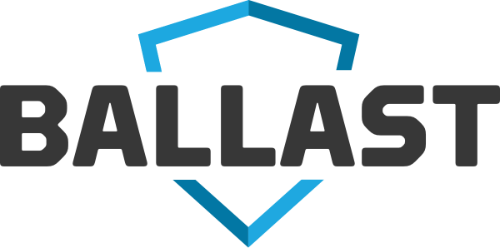Technology has completely transformed the healthcare industry in the past decade. From cloud-based data-storage to innovative medical breakthroughs, the industry seems to be evolving at light-speed. The same can be said when it comes to healthcare cybersecurity.
Emerging technology and new systems have required healthcare IT professionals to constantly evolve their approach to keep up with the latest threats. The challenge with current healthcare cybersecurity is that the higher you build your metaphorical “walls,” all it takes is an attacker with a taller “ladder,” to breach your defenses.
While this reality can create constant pressure and fear for healthcare cybersecurity professionals, there’s good news.
The Role of Artificial Intelligence in Healthcare Cybersecurity
The good news is that, even though there isn’t any good way to prevent cyber-attacks, advances in Artificial Intelligence are also providing healthcare organizations with new ways of protecting themselves against the latest threats.
As stated in the Preparing for the Future of Artificial Intelligence report, “Future AI systems could perform predictive analytics to anticipate cyber-attacks by generating dynamic threat models from available data sources that are voluminous, ever-changing, and often incomplete.”
This means that many of the cybersecurity attacks threatening today’s healthcare industry could be addressed in minutes instead of hours, days, or months.
3 Ways Artificial Intelligence Can Address Healthcare Cybersecurity Challenges
Here are three specific ways artificial intelligence and machine learning can help solve some of the biggest cybersecurity challenges the healthcare industry faces:
- Assessing Security Risk. As the capabilities of Artificial Intelligence have grown, it has given healthcare organizations the capability to learn and understand patterns automatically from huge volumes of data. In addition to accurately detecting external security threats, these solutions can identify the security gaps, as well as business impacts.
- Detecting and Preventing Threats in Real-Time. As the number of devices doctors and patients use to access patient health data grows, the easier it’s gotten for attackers to infiltrate systems and spread malware, ransomware, and phishing attacks. Many of today’s Security Information and Event Management Solutions leverage sophisticated machine learning algorithms, and they focus on user behavior.
- Reducing Time to Remediate Known Risks. In many cases, taking the appropriate steps to remediate security risks requires a focus on managing people, improving processes, and updating technology. When managed manually, this becomes an incredibly arduous task. Artificial Intelligence is helping to solve these challenges by automating the remediation process and sending relevant alerts to the appropriate stakeholders.
While We Wait…There’s Still Work to Be Done
“AI,” for all of its promise, probably won’t be a silver bullet for information security. However, it will no doubt be a big driver for new and better security solutions. But, don’t forget, the bad guys will have access to AI also, so there’s that. In the meantime, we still have to do the fundamental things required for good security, but we should absolutely be leveraging all the automation possible to make us more secure (and make our lives as security and risk professionals easier.)
BALLAST is a tool specifically designed to help you automate the tasks of assessing and remediating risks more effectively. If you’re ready to step into the future by implementing risk management automation into your healthcare cybersecurity program, connect with our team today.



